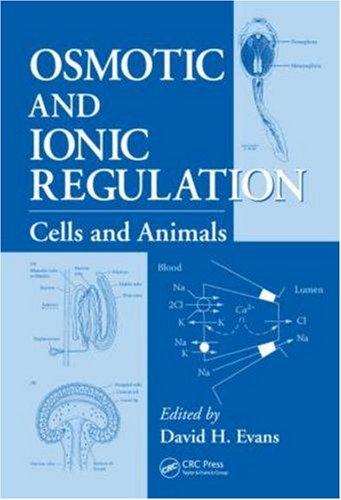

Most ebook files are in PDF format, so you can easily read them using various software such as Foxit Reader or directly on the Google Chrome browser.
Some ebook files are released by publishers in other formats such as .awz, .mobi, .epub, .fb2, etc. You may need to install specific software to read these formats on mobile/PC, such as Calibre.
Please read the tutorial at this link: https://ebookbell.com/faq
We offer FREE conversion to the popular formats you request; however, this may take some time. Therefore, right after payment, please email us, and we will try to provide the service as quickly as possible.
For some exceptional file formats or broken links (if any), please refrain from opening any disputes. Instead, email us first, and we will try to assist within a maximum of 6 hours.
EbookBell Team

5.0
100 reviewsIn the 40 years since the classic review of osmotic and ionic regulation written by Potts and Parry, there has been astonishing growth in scientific productivity, a marked shift in the direction and taxonomic distribution of research, and amazing changes in the technology of scientific research
''…It is indicative of the growth of the subject that as time passes the number of authors needed to review the subject grows exponentially. The time is ripe for a new survey of the subject and Dr. Evans is to be congratulated on the expert crew that he has recruited.''
—From the foreword by W.T.W. Potts
Osmotic and Ionic Regulation: Cells and Animals not only fills a gap in the literature, but delineates the new approaches, outlooks, and findings that define how the field has changed. Providing the first comprehensive summary of the fundamentally important mechanisms of ionic and osmotic regulation in 40 years, it ties the new findings to the older work of Potts and Parry.
This book, written by accepted leaders in this field dealing with the ecology to the molecular biology of the processes and the taxa, provides background information in a broad range of disciplines such as zoology, evolutionary biology, physiology, ichthyology, aquaculture, marine biology, entomology, herpetology, avian biology, human nephrology, conservation biology, and pharmacology.